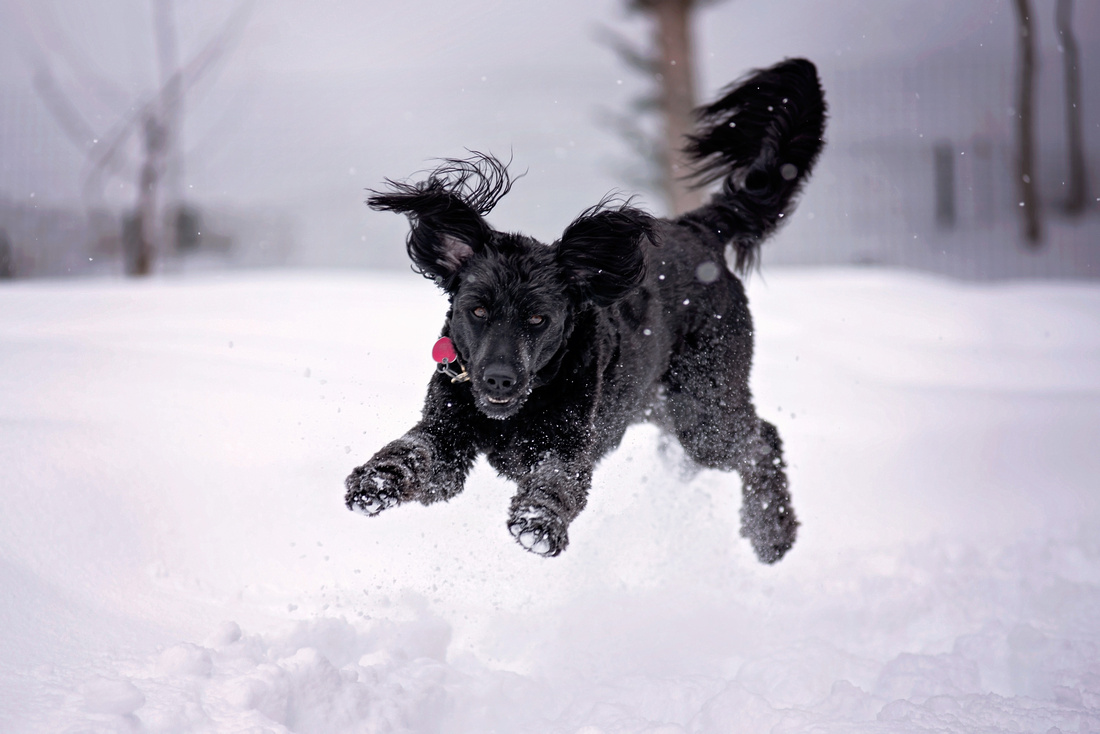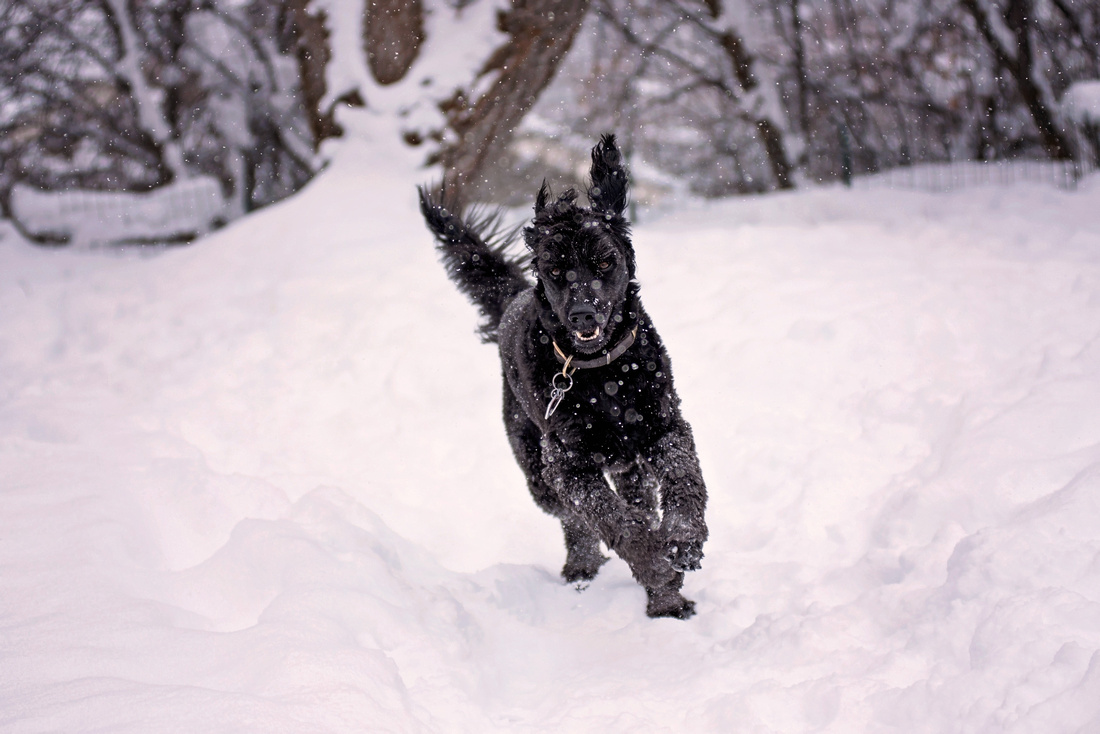The start of February means that we are in the heart of winter – and around here, we are buried in snow! It’s been a great snow year for us, but with the snow and cold temperatures, there are some things to pay attention to. Unless you live somewhere tropical, you probably are experiencing extremely cold weather and the usual snowfall (and if you do live somewhere tropical, how would you like a friendly visitor? I cook!). As someone who lives in the mountains in Utah, and loves being out in the snow, keeping my dogs safe from winter hazards is always big priority for me. Keep reading to see three winter threats to your dog’s health that you need to be aware of this winter!
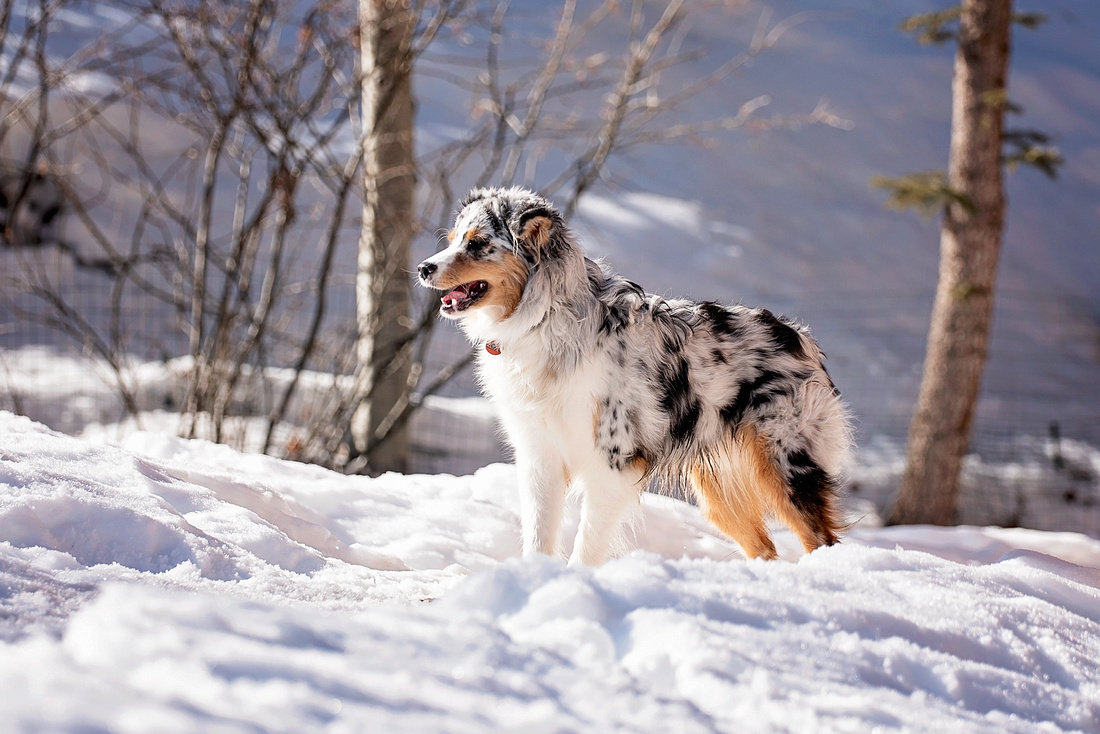
Cold Weather
The first and biggest winter-related threat to your furry friend’s health is cold weather. This might sound obvious to you, but unfortunately every year there are news stories about how dogs are left outside too long with tragic results
Most dogs will become affected by the cold to some degree when the temperature falls below 45 degrees Fahrenheit (although if you have one of those “arctic breeds” 45F is a summer day for them!). When the temperature is less than 32 degrees Fahrenheit, small and thin coat dogs should not be outside for long periods of time. If you keep your dog out for long durations of time in the winter when the temperature is less than 20 degrees Fahrenheit, your dog could easily develop frostbite, hyperthermia, heart issues, or other life-threatening issues.
In short, you should never leave your dog unattended when it’s below 45 degrees Fahrenheit. When you let them outside and it’s cold, you shouldn’t leave them out for longer than ten minutes at a time without being with them. Keep an eye out for lifted paws – a sure sign that their feet are getting cold.
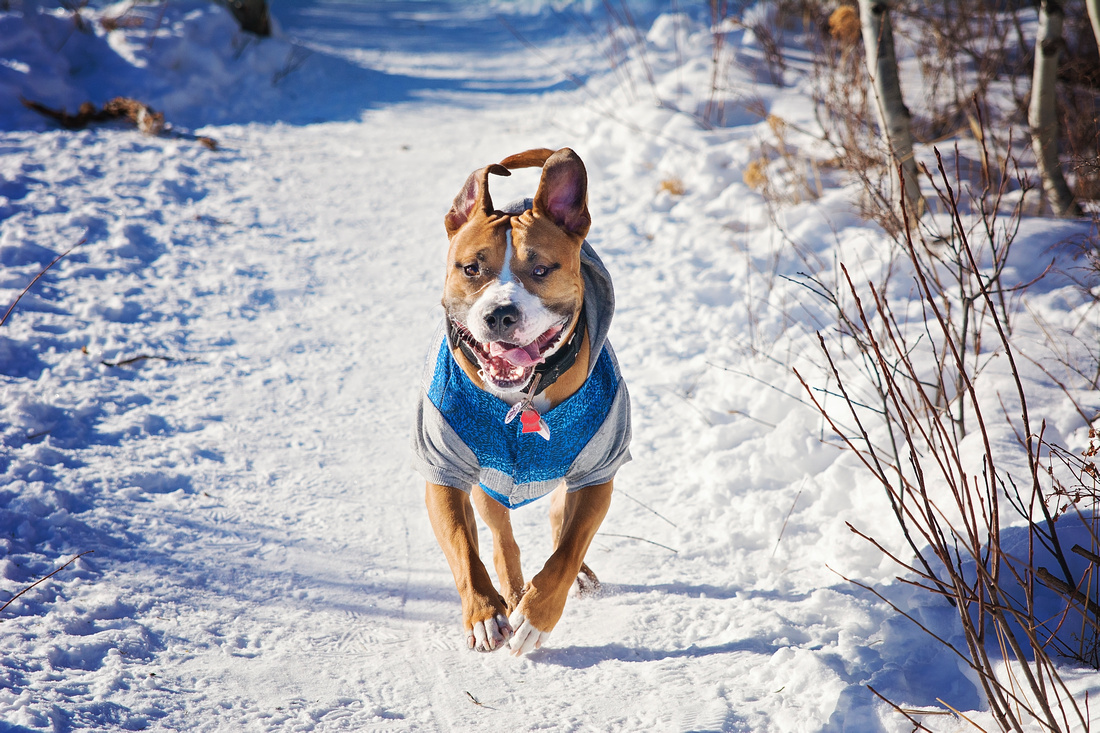
Snow Salt
You also need to be aware of snow salt dangers too! Snow salt is bad for your dog’s paws because your furry friend’s paws can become sore and irritated from constantly stepping on the harsh salt. Furthermore, snow salt can cause dryness, cracking, or burns on your pups paw pads. To help keep your dog safe, you might want to consider dog snow boots. These will protect your pup’s paws from harsh salt and help to keep them warm.
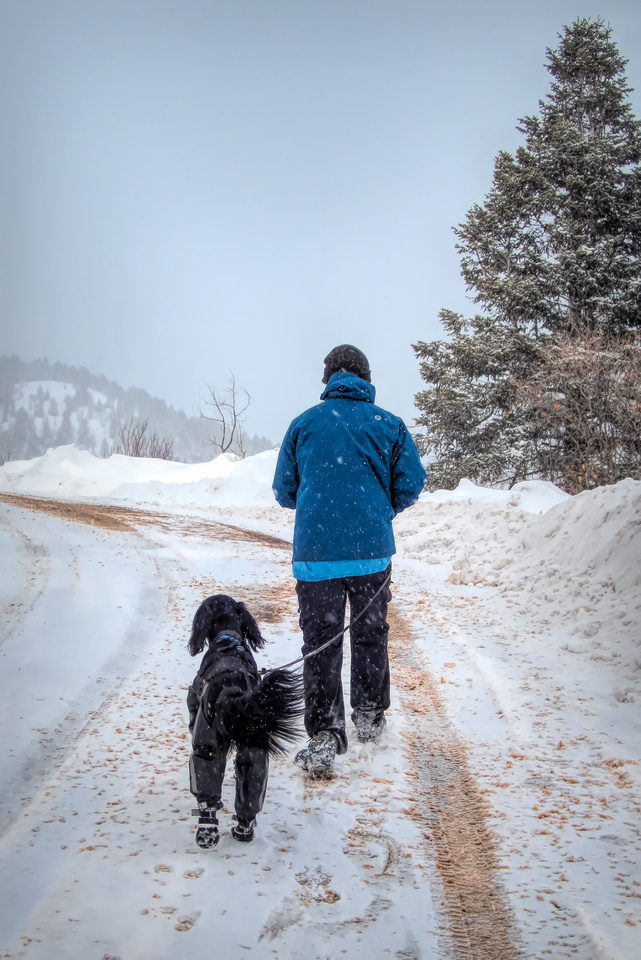
The pants and boots might look silly, but they keep the kids safe from all the road salt/sand and ice! And once we are on a walk, the girls don’t mind at all!
Snow salt and other ice melts are also very toxic to dogs if consumed. If your furry friend eats large amounts of snow salt, then they could have excessive thirst, excessive vomit, nausea, among other issues from ice melt toxicities.
If your furry friend has salt stuck in their paw that you can’t remove or consumed significant amounts of snow salt, then you should take them to the vet right away. Being a huge fan of pet insurance, you might want to look into pet insurance this winter. Pet insurance allows your dog to get the care they need if unexpected medical emergencies arise. It’s also a great tool to have if you think you would be unable to afford vet care in times of need for your pup. The last thing you want this winter is for a sick or injured pup with no medical help available. And having had more than one dog who has had cancer, pet insurance brought the peace of mind of knowing that every medical decision we made was based on their best interests, and not just our finances
Bodies of Frozen Water
There are many beautiful bodies of water in Utah that freeze each winter. However, bodies of water are dangerous to your dog’s health in the winter because they could appear to be frozen, when they are in fact not! One second you could be watching your furry friend run and slide on a semi-frozen lake, then the next minute the ice could break and your pup could be in a dire situation.
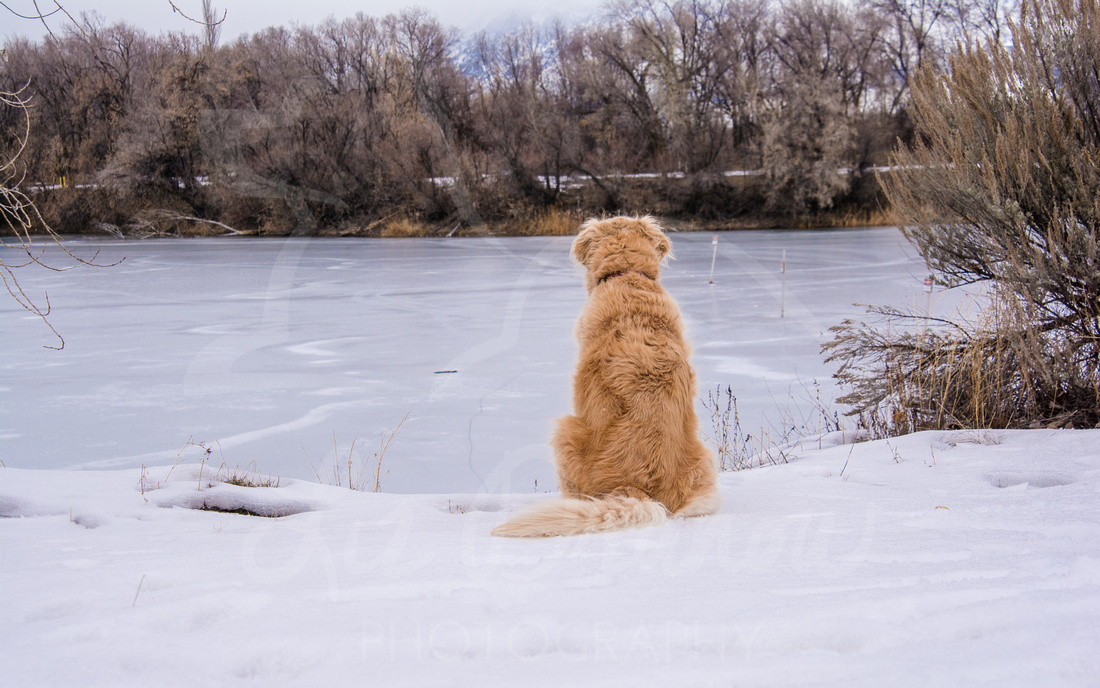
If you do decide to take your pet on a frozen body of water at anypoint in the winter, there should be at least four inches of clear ice, according to an article by Ausable River Association. Also, make sure you keep your four legged friend on a leash when you take them on a frozen water body, so they don’t run off into a less frozen part of the ice.
How cool is that octopus?
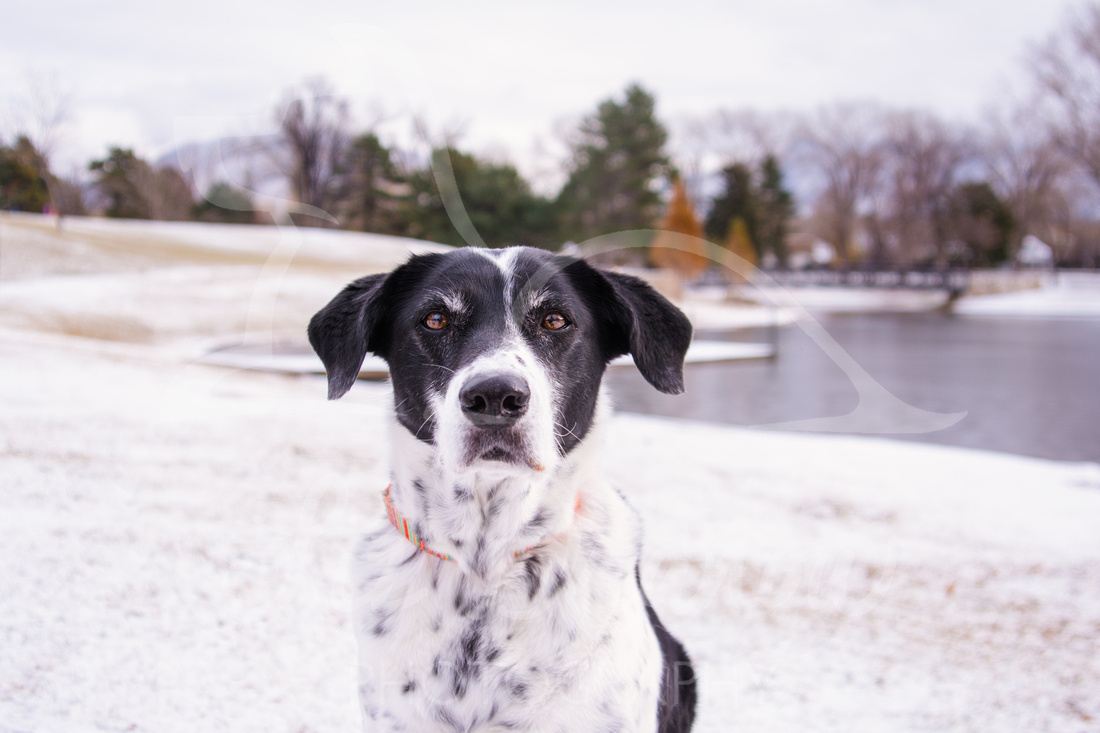
Just because it’s winter doesn’t mean that you can’t have fun outside with your dog! In fact, the opposite is true – you have more opportunities to make new and precious memories with your furry friend. Following the tips above will help ensure that you have a safe time doing so.
